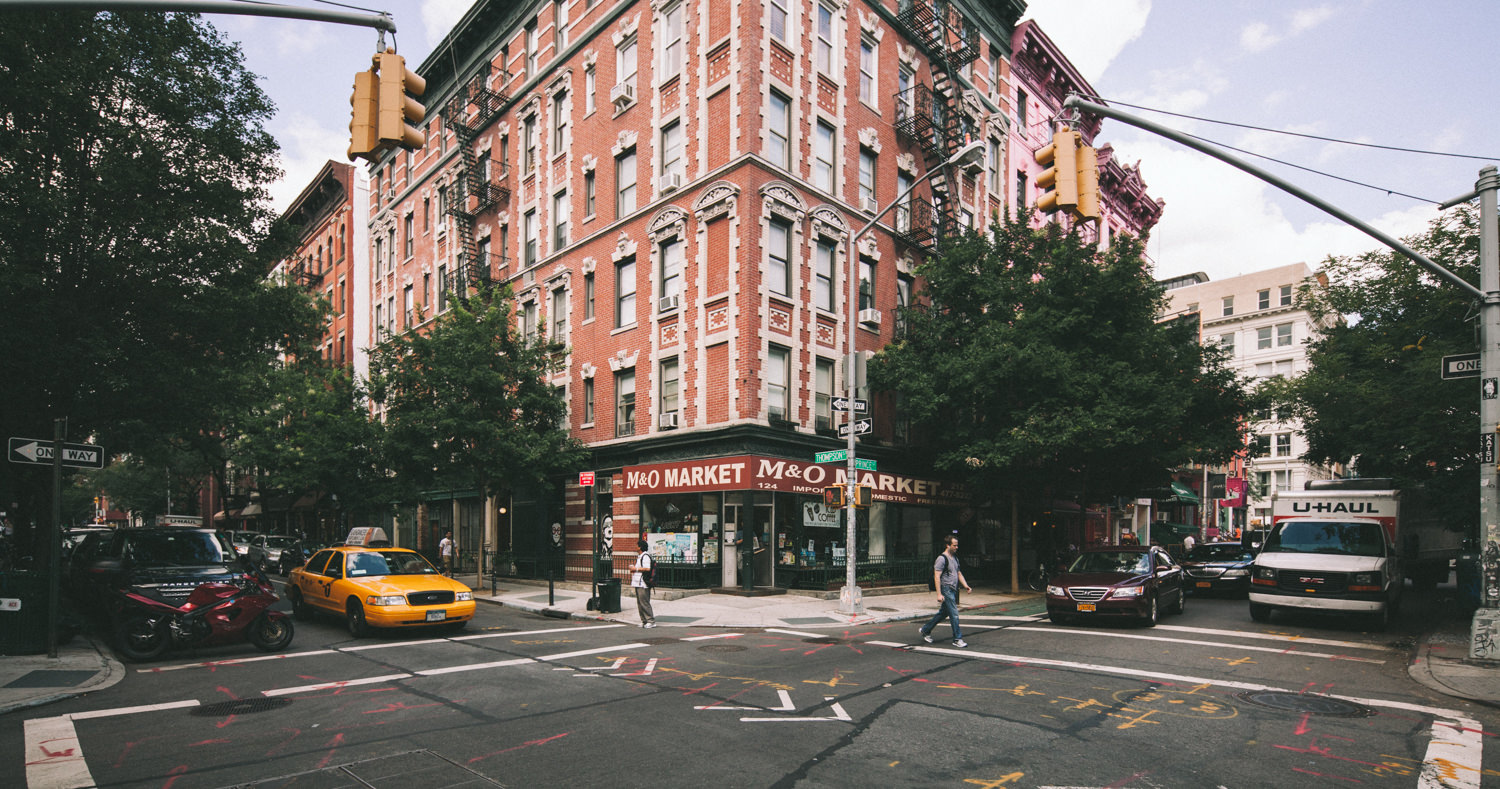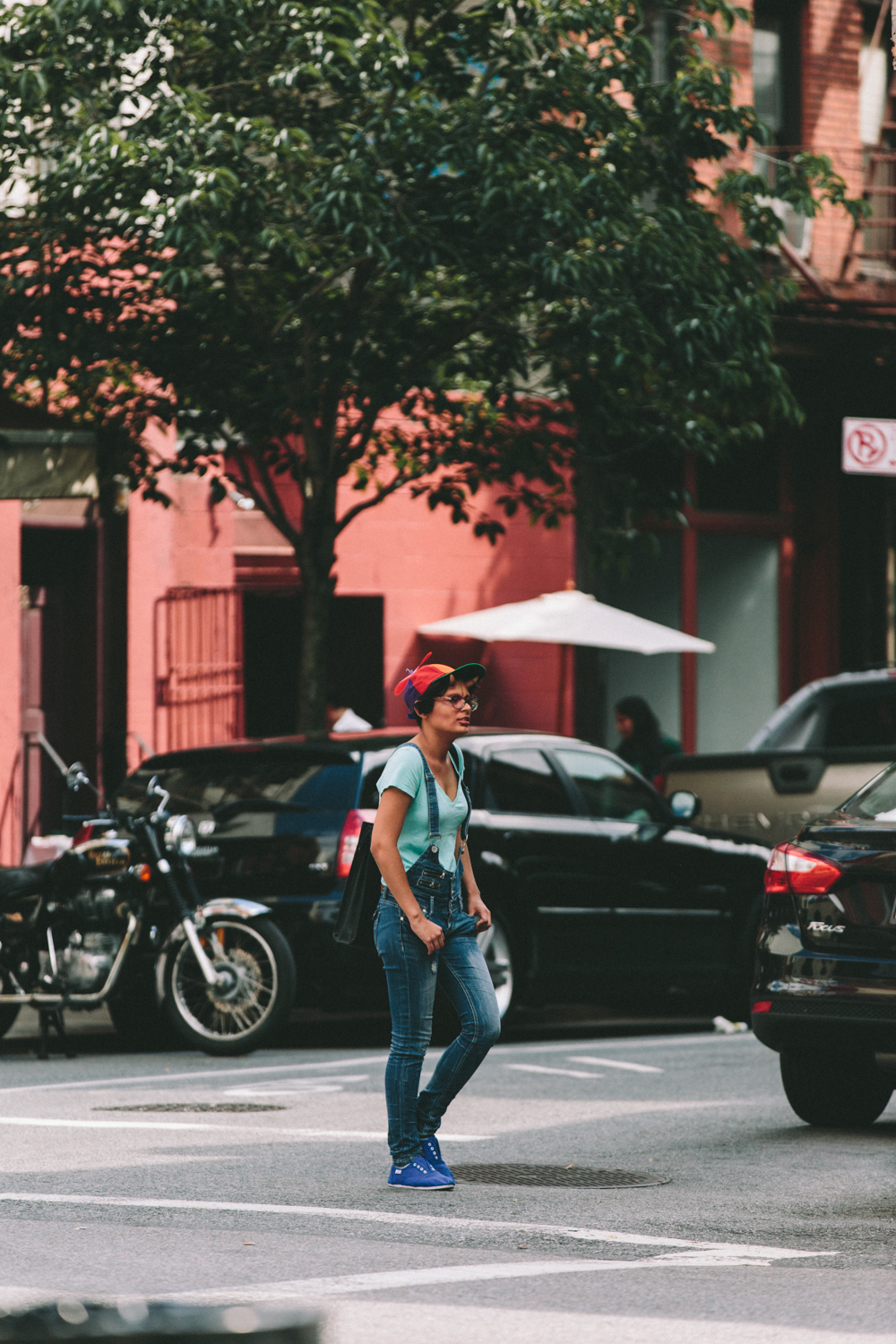Over winter, the paintings inspired by plastic objects in the apartment has expanded to the point where there are as many paintings as there are pieces of plastic…
March 3, 2021
A year of Covid has now passed. What has changed?
1) Everything is online.
2) We don’t shake hands any more
3) Public transport- option of last resort
4) If it’s a choice between hard pants and soft pants, I choose soft.
5) I miss lipstick.
It is is only two months until the show at Zurcher Gallery. Really looking forward to meeting the other artists.
This show is currently on at Zurcher:
https://www.nytimes.com/2021/02/24/arts/design/4-art-gallery-shows-to-see-right-now.html?smid=url-share
by Will Heinrich for the New York Times
ImageInstallation view of “Kazuko Miyamoto in Sol LeWitt's Collection,” curated by Barbara Stehle, at Zürcher Gallery.Credit...Zürcher Gallery, New York/Paris
The artist Kazuko Miyamoto began her career as a Minimalist. In the 1970s, she made spare abstract paintings and geometric, modular sculptures before shifting to a series called “String Constructions,” which consisted of taut lines of string stretched between nails in the wall and on the floor. They were solid but ethereal, drawings in space that seemed to shift as you moved around them.
Then, in 1983, Miyamoto had a solo show at A.I.R. Gallery in New York that looked entirely different. The sculptures were made from twigs and twisted brown paper, and many took recognizable forms, like handmade ladders and two big nests placed at opposite ends of the room. She maintained material simplicity but channeled it into oversized, pointedly handmade objects that evoked people carrying out rituals or at play. She used many of them as costume pieces or props in performances. The exhibition represented a turning point, when she ditched the strictures of Minimalism and embraced a bodily presence that had already been lurking in her art.
The artist Sol LeWitt, who was both her friend and employer, bought many of those sculptures, which have been mostly in storage until now. On view in “Kazuko Miyamoto in Sol LeWitt’s Collection,” they haven’t lost their power: They remain animated and bewitching in their simplicity. The curator, Barbara Stehle, has rounded out the presentation with several string pieces, which show where Miyamoto was coming from, and a selection of work about kimonos, which demonstrate where she was going. It’s a compelling mini-survey of an artist who deserves a more expansive look.
Street Scenes
Street Corner, NYC
You never know what you’ll find on the streets. And if you happen to be a photographer working in New York, that’s doubly true. I’ve had the good fortune to shoot all over the world, and when I come back to New York, I’m always reminded of why I started my career here.
The New York street scene is, for better or for worse, the street scene. It’s the one that is the most iconoclastic, and because of the backdrop of New York, it’s the one that I think people from just about anywhere imagine when they think of the idea of a street scene—whatever a “street scene” happens to be.
I created this album to showcase some of my favorite street scenes that I’ve captured in New York. This is nothing that I’ve done on contract or in my studio, just real life moments captured by me with my Mark III when I had some time to kick it around the city. I hope you like what you see. I did.






